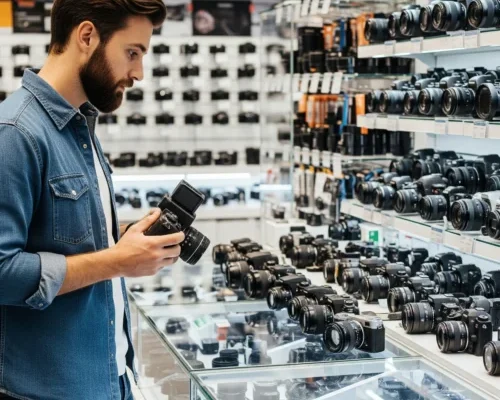Finding your dream camera can be tricky with so many models and features out there…
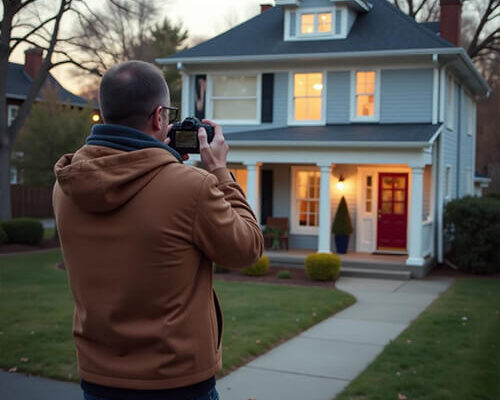
Impress Clients with Powerful Real Estate Photography Tips
Real estate photography has become an essential aspect of property marketing, as stunning visuals can make all the difference in capturing potential buyers’ attention. In today’s digital age, where first impressions are important, a well-crafted property listing photo can mean the difference between success and failure. This article will provide you with valuable tips and tricks to help you master the art of real estate photography and impress clients with your skills.
A Guide to Impress Clients
When it comes to real estate photography, it’s not just about taking a few random shots of a property. It’s about telling a story, showcasing the best features, and highlighting what makes a property unique. To do this, you need to understand the importance of visual storytelling and how to effectively convey it through your photos. This starts with understanding the target audience, identifying the key selling points of the property, and creating a visual narrative that resonates with potential buyers.
Understanding the Power of Visual Storytelling in Real Estate Marketing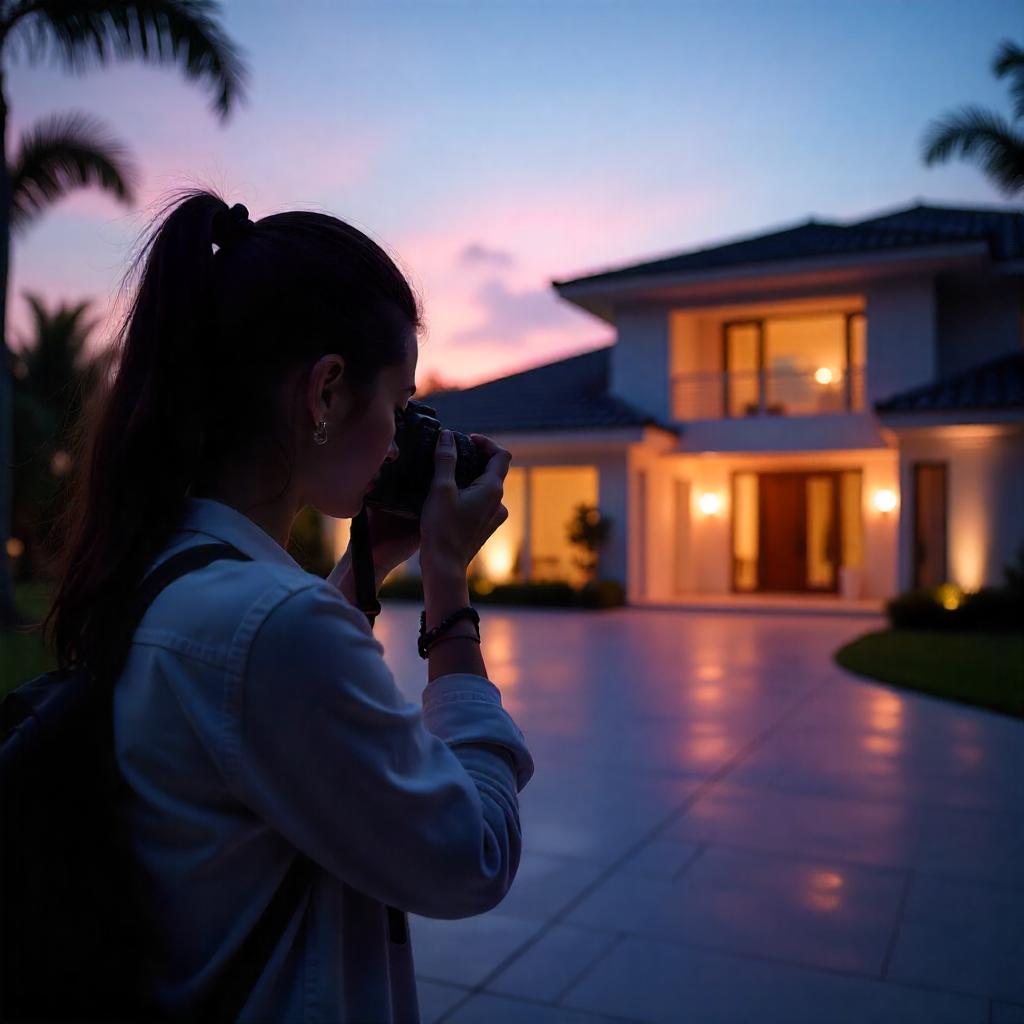
Visual storytelling is a powerful marketing tool that can help real estate agents and property owners connect with their target audience on a deeper level. By showcasing the lifestyle, ambiance, and character of a property, you can create an emotional connection with potential buyers, making them more likely to engage with the listing and ultimately make a purchase. To do this, you need to be creative, think outside the box, and use visual elements to tell a story that captivates and inspires.
Tips and Tricks for Capturing the Perfect Property Listing Photos
Capturing the perfect property listing photos requires a combination of technical skills, creative vision, and attention to detail. Here are some tips and tricks to help you take your real estate photography to the next level: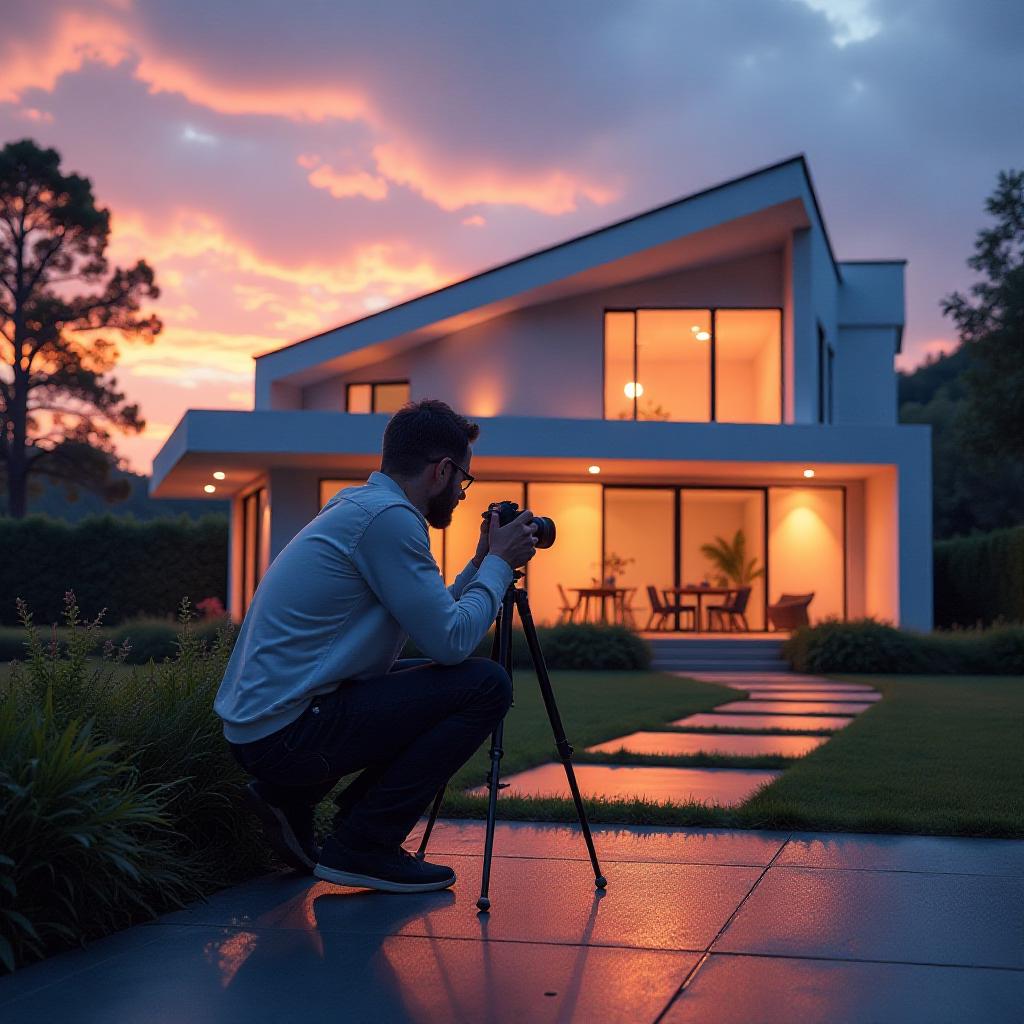
- Use a tripod to ensure sharp images and avoid camera shake.
- Shoot during the golden hour (early morning or late afternoon) for warm, soft light.
- Pay attention to composition, using elements like lines, shapes, and textures to add visual interest.
- Experiment with angles, shooting from unique perspectives to add drama and interest.
- Edit your photos to enhance colors, contrast, and brightness, but avoid over-processing.
The Importance of Lighting in Real Estate Photography: Dos and Don’ts
Lighting is one of the most important elements in real estate photography, as it can make or break the mood and ambiance of your images. Natural light is always the best option, but when shooting indoors, you need to understand how to work with artificial light. Here are some dos and don’ts to keep in mind: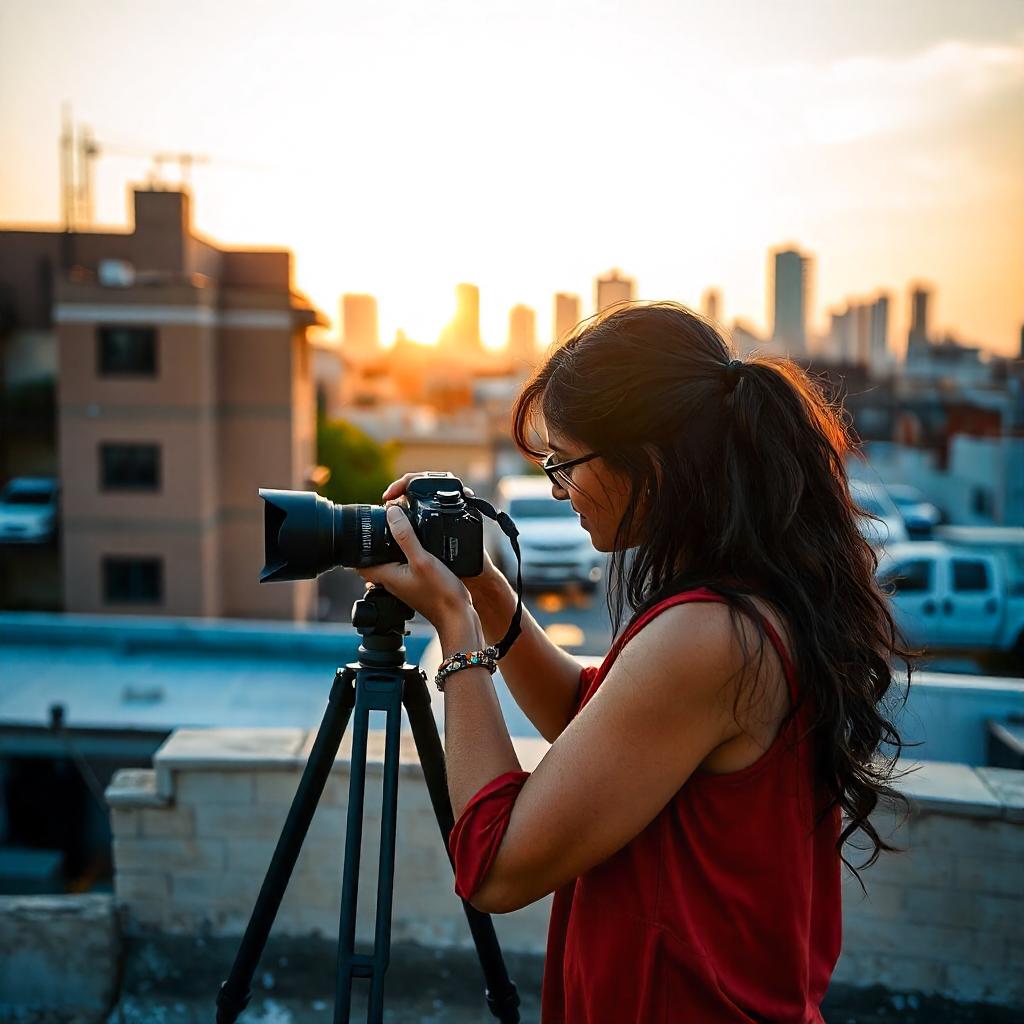
- Use natural light whenever possible, shooting near windows or outside during the golden hour.
- Avoid harsh, direct light, which can create unflattering shadows and highlights.
- Experiment with different light sources, such as lamps or flashlights, to add depth and interest.
- Be mindful of shadows, using them to create drama and depth, but avoiding over-use.
A Beginner’s Guide to Real Estate Photography Equipment and Gear
Investing in the right equipment and gear is essential for producing high-quality real estate photos. As a beginner, you don’t need to break the bank, but you do need to invest in a few essential items. Here’s a beginner’s guide to get you started:
- A DSLR or mirrorless camera with interchangeable lenses.
- A wide-angle lens (10-22mm) for capturing spacious interiors and exteriors.
- A macro lens (50-100mm) for highlighting details and textures.
- A tripod for stability and precision.
- A remote shutter release or camera timer to avoid camera shake.
Tricks for Making Your Property Listings Look Bigger
When it comes to real estate photography, the goal is to make properties look as large and spacious as possible. Here are some tricks to help you achieve this:
- Use a wide-angle lens to capture the entire space, avoiding narrow or cramped perspectives.
- Shoot from a low angle, looking up at ceilings and archways, to create a sense of grandeur.
- Use a small aperture (high f-stop number) to keep the entire space in focus, creating a sense of depth.
- Experiment with reflections, using mirrors or glass surfaces to create the illusion of more space.
How to Create Dramatic and Engaging Real Estate Photos
Composition is the key to creating dramatic and engaging real estate photos. Here are some tips to help you master the art: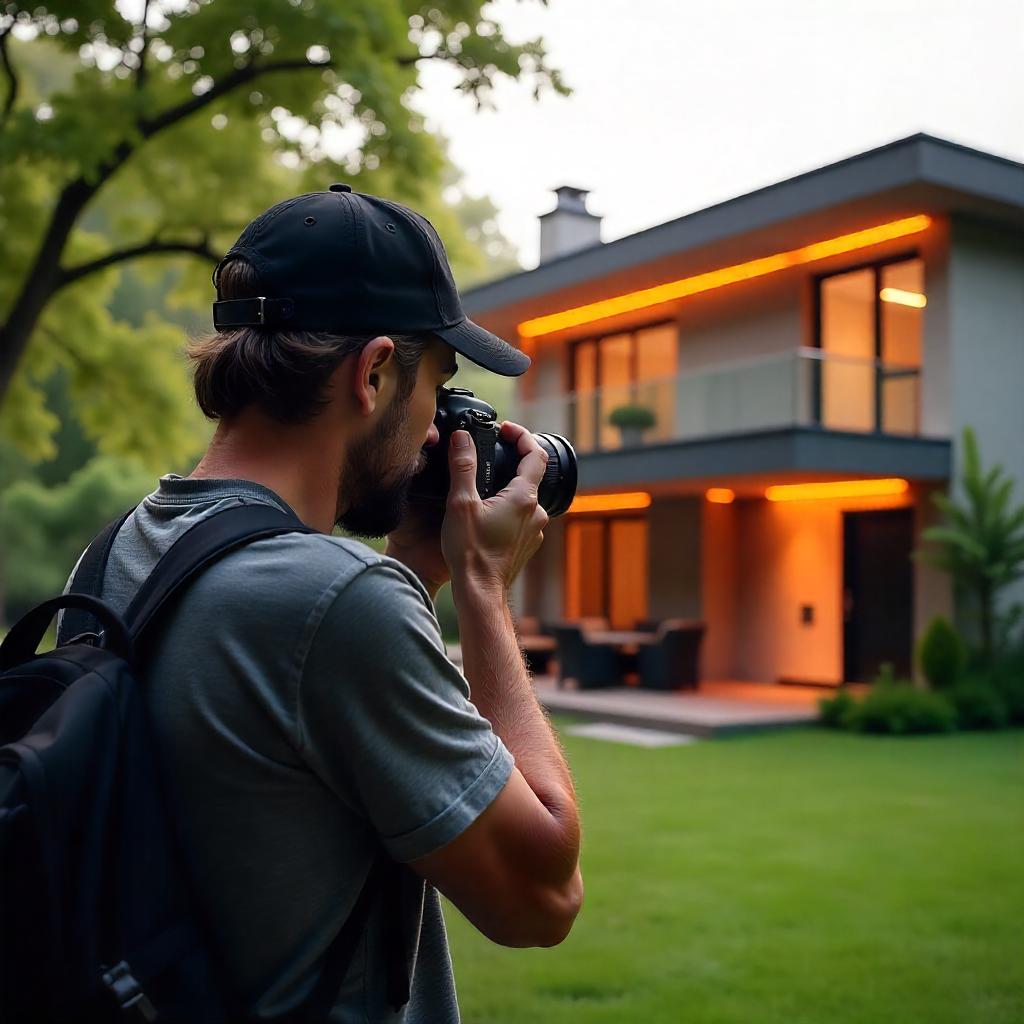
- Use the rule of thirds, dividing the image into thirds both horizontally and vertically.
- Lead the viewer’s eye through the image using lines, shapes, and textures.
- Experiment with negative space, using empty space to create a sense of calm and serenity.
- Pay attention to framing, using natural or artificial frames to draw attention to specific areas of the image.
How to Enhance Your Real Estate Photography Skills
Editing is a crucial step in the real estate photography process, allowing you to enhance and fine-tune your images. Here are some tips to help you improve your editing skills:
- Use a photo editing software, such as Adobe Lightroom or Photoshop, or consider partnering with a professional photo editing company
- Adjust the exposure, contrast, and brightness to enhance the overall mood and ambiance of the image.
- Pay attention to color grading, using presets or custom color profiles to create a consistent look.
- Experiment with local adjustments, making targeted edits to specific areas of the image.
Best Practices for Real Estate Photography
To achieve success in real estate photography, you need to follow best practices and stay ahead of the game. Here are some tips to help you achieve success:
- Invest in high-quality equipment and gear.
- Continuously educate yourself on new techniques and software.
- Practice, practice, practice, honing your skills and developing your style.
- Stay organized, managing your time and workflow efficiently.
- Build a strong online presence, showcasing your portfolio and skills.
Creating a Real Estate Photography Portfolio
A strong portfolio is essential for showcasing your real estate photography skills and attracting potential clients. Here are some tips to help you create a stunning portfolio:
- Curate your best work, showcasing a variety of properties and styles.
- Use a clean and modern design, making it easy to navigate and view your images.
- Write a compelling bio, highlighting your experience and expertise.
- Include testimonials and reviews from satisfied clients.
- Make it easy to contact you, providing a clear call-to-action.

